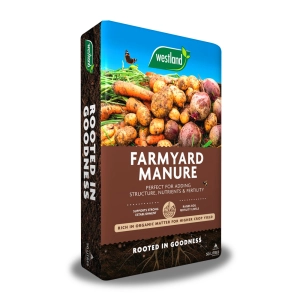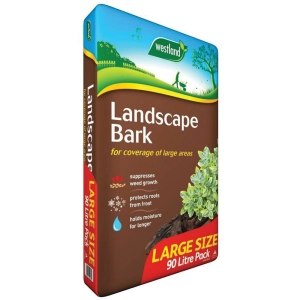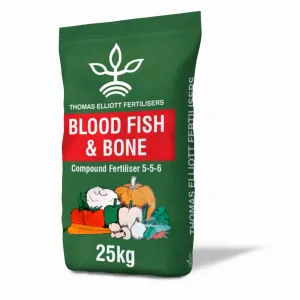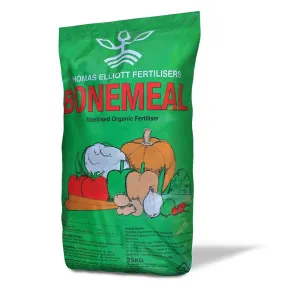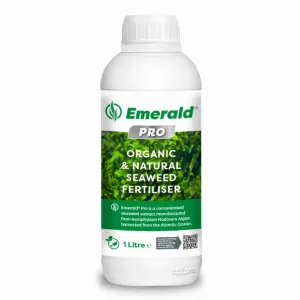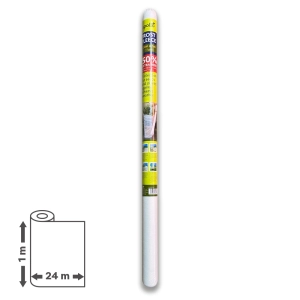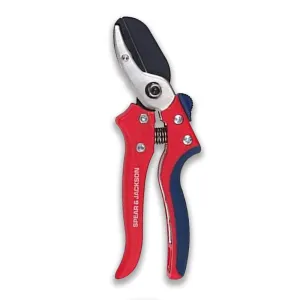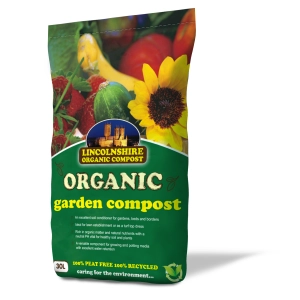Test your soil
Before planning your planting schemes this year, get to grips with your soil type and understand what additional nutrition your soil might need this year.
Whether you’re planning on growing vegetables, ornamentals, or sowing a new lawn this year, you’ll want to know that the pH of your soil is at the correct level for successful growing.
A simple soil test will help you understand what’s going on beneath the ground and will provide you with a tailored recommendation for any pH rebalancing and nutrient remediation products.
We offer a variety of different soil tests – take look here.
Enrich soil ready for sowing and planting
February is the perfect time to enrich your soil ready for planting. Whether you are rebalancing soil nutrition following results of a soil test or have compost to distribute, your soil will thank you for the nutrition boost in February.
Soil enrichment products can include fertilisers, compost, mulch, or organic matter. Products like Blood, Fish & Bone fall into the organic plant food category, as do Bonemeal and seaweed-based fertilisers.
Applying soil nutrition in February gives the nutrients time to integrate into the soil. It will also help improve the soil structure and encourage microbial activity, enhancing overall soil health. Dig compost or soil enrichment material into the earth for best results.
Other mulches like bark, straw and wood chippings can be applied in February too and left on the surface to help keep weeds at bay, insulate the soil and improve moisture levels.
Find out more about feeding soil in February in our blog.
Manage frost risk
Frosts can do significant damage to plants, and frosts that appear after blossom has emerged can pose a real risk to the production of fruit later in the growing season.
The temperature fluctuations through spring can be managed carefully with frost or horticultural fleece.
Wrap or cover vulnerable plants with fleece and consider adding a layer of mulch around the base too for added protection. This is especially important at night. You can unwrap plants during the daytime if the frost has gone to ensure pollinators can still get to blossom.
Find out more about using frost fleece here.
Prune selectively
As long as you avoid pruning during frost, there are plenty of plants that will benefit from pruning in February. Among them are fruit trees, fruit bushes, some climbing plants, deciduous shrubs, ornamental trees, and hedges.
You can also renovate overgrown hedges in February. Those that will respond well in February include box, beech, hawthorn, holly, and yew.
Learn more about pruning in winter in our blog, and see our guide to pruning trees here.







